World Fine Art Professionals and their Key-Pieces, 265 - Geert Baas
World Fine Art Professionals and their Key-Pieces, 265 – Geert Baas
Geert Baas’ studio is located in one of the most beautiful places I have come across so far: on the Nesserdijk, where the Nieuwe Maas curves near the Van Brienenoordbrug. I was a little early so that I could see the ships sailing by on a bench at the top of the dike in full sun. After the interview, I walked back to the tram through the beautiful nature reserve De Esch, behind the studio of the SKAR (Stichting Kunstaccommodatie Rotterdam).
Geert Baas makes combination works, usually with two or three, occasionally four or five or even eleven elements. Sometimes he combines a work from his early days, when he still made realistic work, with a new painting / drawing / photo.
Combination with object
The last two years he has made many combinations of a drawing / painting with an object. Such as a horseshoe, a saw, a coat hanger, a flute, a carpet beater, a sickle, a paddle, a computer part. The walls are full of it, especially the (from my position) right wall, four / five meters high, which looks really beautiful. It could be a top attraction for any modern art museum.
Jazz music
Meanwhile jazz music is playing. They come from cassette tapes. Occasionally you can hear the voice of Jules Deelder, the Rotterdam poet. Geert Baas: “I made recordings from 1980 on cassette tapes. Jules Deelder had an hour on Radio Rijnmond on Saturday to play his favorite music.” His daughter Ari was just born in 1985. A little later, he plays a fragment in which Jules asks the audience to help find Ari’s lost doll.
Jules Deelder was also present at the very first exhibition of Geert Baas. “That was in the Cape Gallery (Kaap Galerie) in Katendrecht. I had a duo exhibition with Henk van Zijp. It was a spectacular opening, with Jules reading a number of poems in his characteristic way. I saw him not so long ago, in Café De Schouw in the Witte de Withstraat, where there is a weekly exhibition and sometimes an auction of works of art. I told him I had 25 tapes from his jazz program. ‘Well, that’s worth a lot’, he replied. ”
Realistic work
In the early days, the late seventies, Geert Baas made realistic work. There were also objects, often from found materials. “For example, at the aforementioned exhibition in Galerie De Kaap, a violin box, with six eggs in fur, was on display in the gallery’s window. I used that again later.” He points out a realistic banana behind me. “A fragment of a painting from ’83.” It is now part of a four-piece work with tin. Before me I see a very realistic drawing of a car steering wheel in front of a dashboard. A work from ’82. It is now part of a four-part series including drawings of black circles.
Tension in the combination
How does he know if two parts fit together? Geert Baas: “There must be tension in the combination, I am looking for a fascinating ‘juxtaposition’, a fascinating forging of opposites. When the tension is there, it is ready. Sometimes it takes you a year and a half, sometimes it is done in three seconds.” Occasionally he makes a sketch in advance of the drawing / painting part. “I know in advance. Then I have to perform it immediately. For example, I had a drawing, a black circular shape. I put a hammer on it. It was perfect.”
From 2000 he also started making combinations with abstract photos. That also turned out to work well. How and when did he change from a maker of highly realistic work to combination works? Geert Baas: “That happened in the 1980s. It was a time when a lot was happening. In Germany, expressionist work was created by the ‘Neue Wilden’. And also in the Netherlands there was a shift to expressionism. Express yourself quickly, at once, in a work. Then a new phase also started for me. ”
Key work
Does he have a key work that is a good illustration of that? He has. It is even on the front page of his website. A work with two elements, a demolished computer part with a horseshoe-like shape at the top, combined with a square with a black dot.
How long has he been an artist? “Since 1976. From ’73 to ’76 I attended the Academy of Visual Arts in Rotterdam, nowadays the Willem de Kooning Academy.” How does he experience Rotterdam’s art life? “I enjoy visiting all kinds of exhibitions, galleries and fairs. I follow it all. For a while I was a member of the Rotterdam Art Commission, the RKS, the Rotterdam Art Foundation. Consultations were held there about subsidies to artists, galleries and museums. I found it very interesting. Because of this I got to know the Rotterdam art scene well. ”
Galleries
Geert Baas has always worked closely with galleries. He has been with Galerie Ramakers for 24 years. In addition, he collaborated with the RAM gallery, which started in a living room and subsequently had exhibition space in various places in Rotterdam. He also collaborated with a number of galleries in Amsterdam. “In the 1990s, I immediately sold half of my work there on the first day.”
Charley Toorop
We take another tour of the work, while jazz music is still playing. Among other things, I see an old-fashioned oil can and a milk jug on a small pedestal. “I had those jugs for a long time, but I didn’t know exactly what to do with them. Until I saw the exact same oil can and milk jug in a painting by Charley Toorop. A huge coincidence! That’s when I made this work. ”
Geert Baas will continue to bring things together in the near future. “At some point you choose something else, the ideas keep coming.”
http://www.geertbaas.nl/geertbaas.nl/
https://ifthenisnow.eu/nl/verhalen/de-wereld-van-de-rotterdamse-kunstenaar-46-geert-baas
Disclaimer: The views, opinions and positions expressed within this guest article are those of the author Walter van Teeffelen alone and do not represent those of the Marbella Marbella website. The accuracy, completeness and validity of any statements made within this article are not guaranteed. We accept no liability for any errors, omissions or representations. The copyright of this content belongs to Walter van Teeffelen and any liability with regards to infringement of intellectual property rights remains with the author.

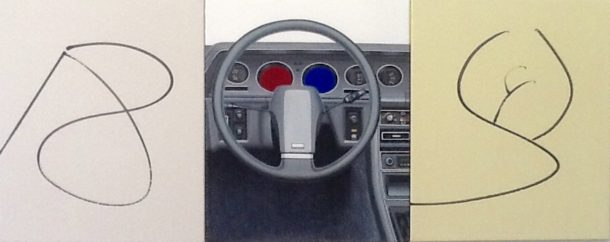
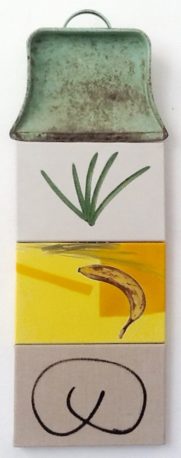
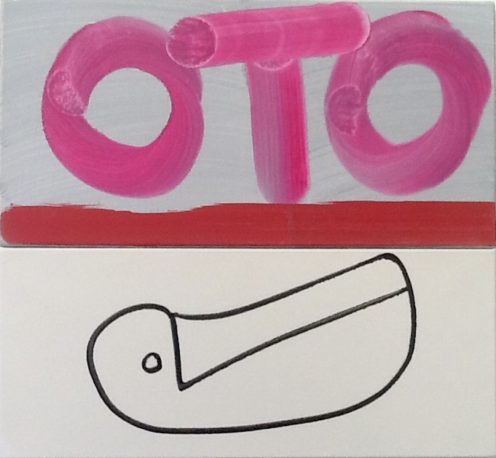

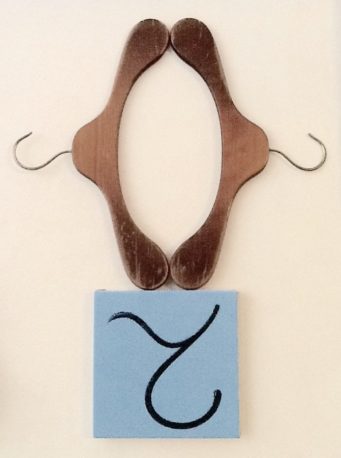

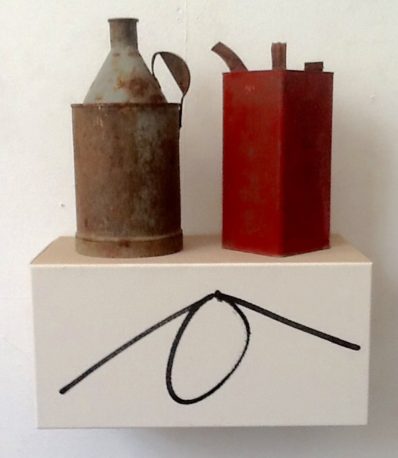
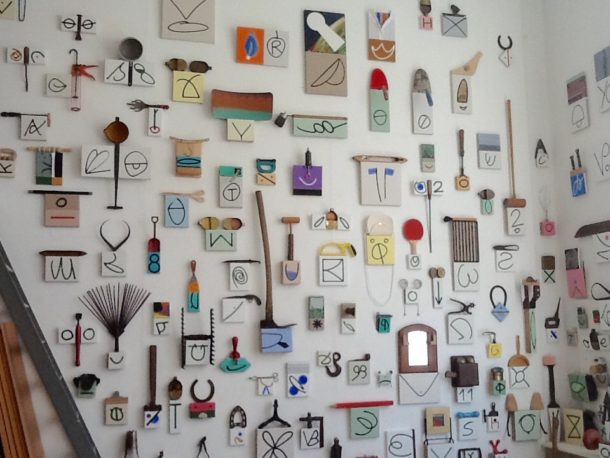

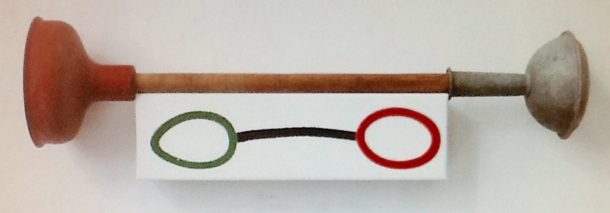














The opinions expressed by individual commentators and contributors do not necessarily constitute this website's position on the particular topic.